The Galway to Ballinasloe N6 road scheme in the Republic of Ireland was 56 km long: metre for metre, one of the largest archaeological projects anywhere in the world. The archaeology found along the scheme has shed new light on the treatment of the dead at crucial stages of Irish history. In the final of our three part series we assess the evidence.
clinging
grass, with stones scattered over it
here and there.
There, he said, the islanders had
Been accustomed to
Bury suicides and unbaptised
Children; a sad association,
I thought, of those who had known
Nothing and this who
Had known too much of life.’
-Flower, R. 1985 (1944) The Western Island or the Great Blasket
Cillíní
In later and post Medieval Ireland, unbaptised children were not permitted to be buried in consecrated ground, but were interred in Cillín cemeteries – a practice which continued right up into the mid-1960s. The origin of this practice is often assumed to be associated with the adoption of Christianity, and the Limbus Infantus of the medieval church. Baptism was the necessary threshold through which all must pass before entering Christian society, and without which incorporation into the society of the dead was impossible.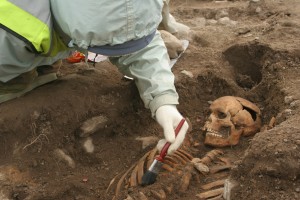
Cillíní burial grounds, also known as ceallúnach, callragh and caldragh, are unique to Ireland, and are most commonly found in the western counties. Generally dated to the post-medieval period, Cillíní are most often located within early medieval settlement enclosures that had fallen out of use. They are also frequently associated with boundaries in the landscape, such as ringforts, crossroads, cliffs, rivers, tidal markers, wells or other clandestine places. A recent analysis of similar sites in County Kerry had revealed that 51% of Cillíní were sited within the confines of a pre-existing archaeological monument; 22.6% were associated with medieval church sites and 16% with ringforts and cashels. The word Cillín itself was thought to derive from the Latin Cella, meaning little church or oratory, probably because these sites had been chosen because of their earlier religious association.
By the end of the 12th century, records show that baptisms were performed at the earliest opportunity. The concept of ‘original sin’ maintained that the infant was the fruit of carnal lust, the ‘heir of the sin of Adam and Eve, and must be cleansed of the sin of his conception’. Without exercising the stain of sin from their souls, dead children would be denied entry to heaven, and remain for all eternity in a realm betwixt and between heaven and hell referred to as Limbo – limbo infantus – described as ‘darkness without pain.’ The 12th century Church reformation had also led to the abandonment of many ecclesiastical sites throughout the country, and as these sites fell out of use and were marginalised in the contemporary landscape, they were perceived as a physical embodiment of Limbo, in common with other abandoned monuments from the past.
Ancestral burial grounds
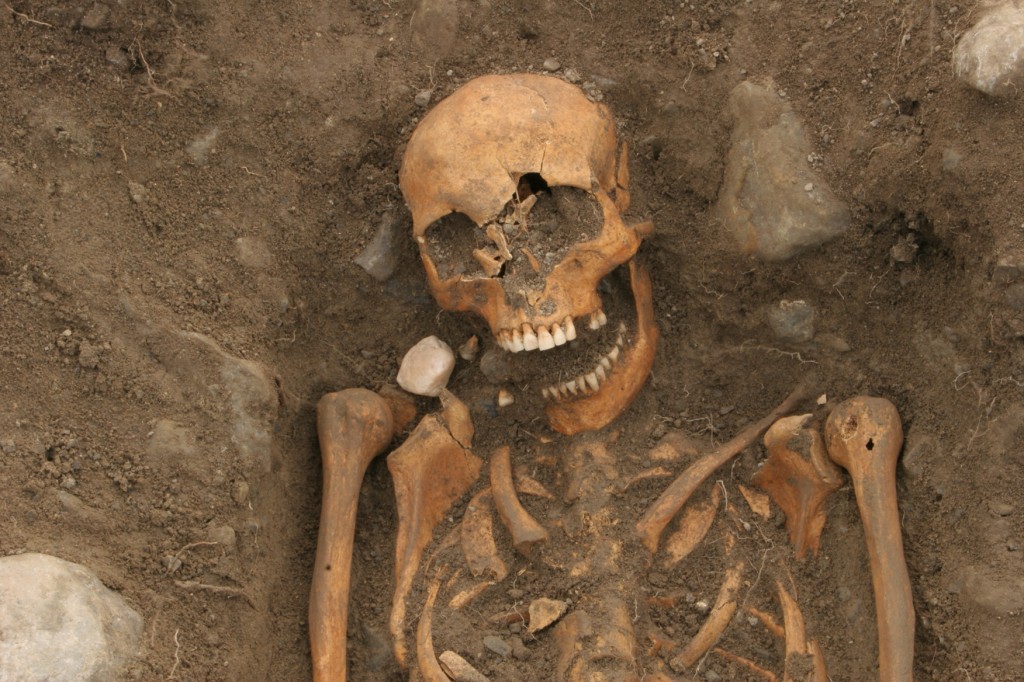 The hilltop cemetery at Carrowkeel comprised 132 burials, of which an overwhelming number were children’s graves. Measuring 65 m x 47 m it was defined by a 1.5 deep ditch, and roughly two thirds of the site was excavated in total, with the cemetery area continuing beyond the limit of excavation. It was situated on the western brow of an east/west ridge of higher ground, overlooking an early medieval settlement, consisting of cashels (a stone wall of rough stone enclosing a settlement or church) a souterrain, house sites and a field system approximately 150 metres away.
The hilltop cemetery at Carrowkeel comprised 132 burials, of which an overwhelming number were children’s graves. Measuring 65 m x 47 m it was defined by a 1.5 deep ditch, and roughly two thirds of the site was excavated in total, with the cemetery area continuing beyond the limit of excavation. It was situated on the western brow of an east/west ridge of higher ground, overlooking an early medieval settlement, consisting of cashels (a stone wall of rough stone enclosing a settlement or church) a souterrain, house sites and a field system approximately 150 metres away.
Carrowkeel was founded in a predominantly pastoral economy in the seventh century AD. At this time a great number of enclosed settlements were being constructed in Ireland. Most fall into one of two categories: ringforts and cashels, which are secular farmsteads of circular plan, and ecclesiastical settlements, which often have larger, less regular but usually curvilinear enclosures. Carrowkeel was a type of early medieval burial enclosure site generally referred to as settlement/cemetery. Used for occupation as well as burial, these sites are similar to ecclesiastical settlements, but without church buildings.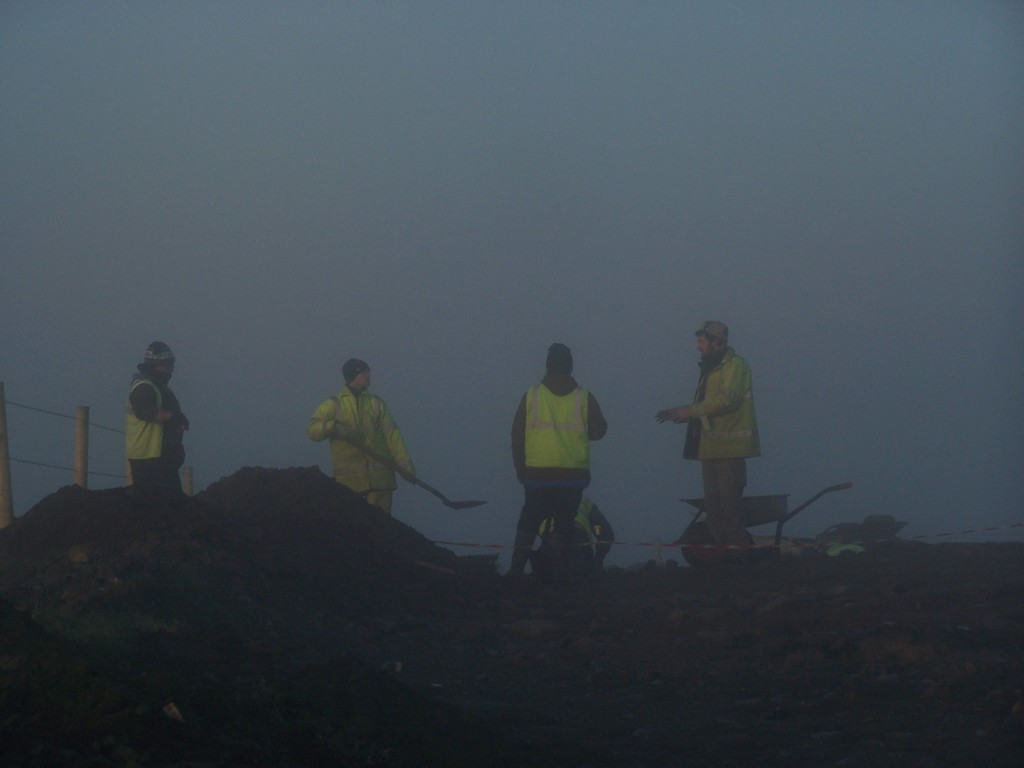
Choosing this ancestral site rather than the official church burial yard was a deliberate strategy by a group, probably bound by familial and kinship ties, to re-establish their relationship with their ancestors and guarantee connection with the land. Burial within a settlement cemetery would have been a visible marker of ownership of the land. As Christianity, and the church, established its monopoly on salvation of the soul in Ireland, the dead were taken instead for churchyard burial and ancestral burial grounds like Carrowkeel declined in importance and eventually fell out of use.
Suffer the little children
An in depth analysis of the cemetery population has provided some very exciting results regarding the origins of segregating children for burial in Ireland. This was a practice thought to have originated in the later medieval period, the burials at Carrowkeel point to a much earlier date. About 89% of the burials were infants, juveniles and foetuses, barely buried beneath the topsoil. During the excavation, we quite reasonably assumed (given the lack of clear grave cuts) that these were Cillín burials; our working hypothesis was that Carrowkeel was an early medieval enclosure that had been reused in the post-Medieval period as a Cillín. It has actually turned out to be far more exciting. Radiocarbon dating on over a third of the burials has shown that the segregation of children’s graves began in the earliest phase of the site, from about 700 to 1100 AD. When the dates came back, it became clear that we had to revise our assumptions.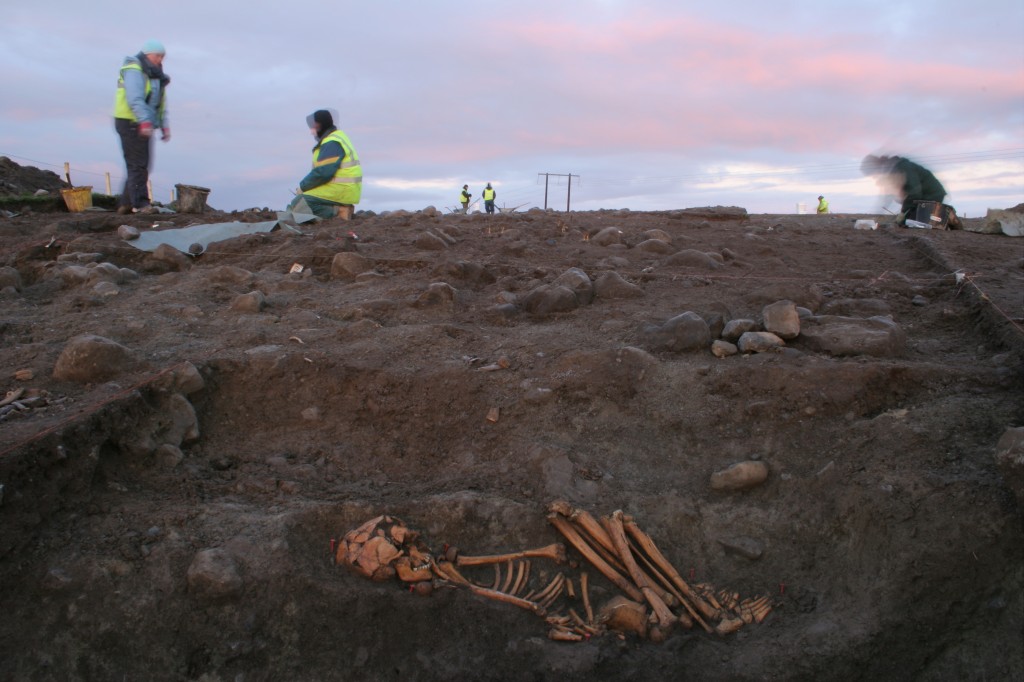
Cillíní are sensitive subjects; some were in use into living memory and are strictly off limits, others have been neglected, forgotten and bulldozed to make way for modern development. Very few of these sites have been comprehensively dated and therefore may be much older than we think. And, perhaps the way we have categorised these cemetery populations into foetus, perinate, infant and younger child are also blinding us to what is most important about these sites. Medical technologies and modern attitudes towards parenthood focus development of the ‘person’ into clearly defined stages; in the past, it was precisely the lack of definition of children as full social beings that marked them out for separate burial treatment. How can children join the society of the dead if they haven’t yet officially joined the society of the living? Cillín cemeteries are as much about social death as they are about physical death. The infant segregation in the early Medieval period at Carrowkeel shows that divisions were already being drawn between non-adults and other individuals, long before the later Medieval practice of Cillín burial which occurred after Christianity bedded down as the main faith and these divisions became doctrine.
Later generations continued to use the cemetery at Carrowkeel intermittently until the end of the 15th century. Ancestral cemeteries were eclipsed but not forgotten, and it is no coincidence that they were predominantly used for the burial of children. Surviving at the edge of tilled fields and pasture, abandoned enclosures were marginal places in the landscape: ideal repositories for the remains of the troublesome dead who lay beyond normal social categories or who, through their own deeds, had offended the social order.
Conclusion
As the project moves to its dénouement, and the sites are prepared for final publication, we might conclude by asking: what did we gain by waking the dead from their eternal slumber? In 2008, there were 279 road traffic deaths in Ireland and the sight of bouquets of flowers taped to railings and lampposts is now a familiar site to many motorists. The most compelling argument for building roads is the amount of lives that will be saved; there’s nothing safer than a long straight road, so by acting intelligently, death can be cheated. In addition to building safer roads, perhaps another way death can be cheated is through archaeology. Many hundreds, even thousands of years after the final reckoning, we can use scientific methods and theories to unlock knowledge of life and death. In excavating the dead and forgotten, archaeology is one tangible way in which personal loss becomes society’s gain.
Many thanks to Rubicon Heritage (see HERE) on who’s behalf the site was excavated, and to Brian MacDomhnaill (see HERE) who took the photographs.

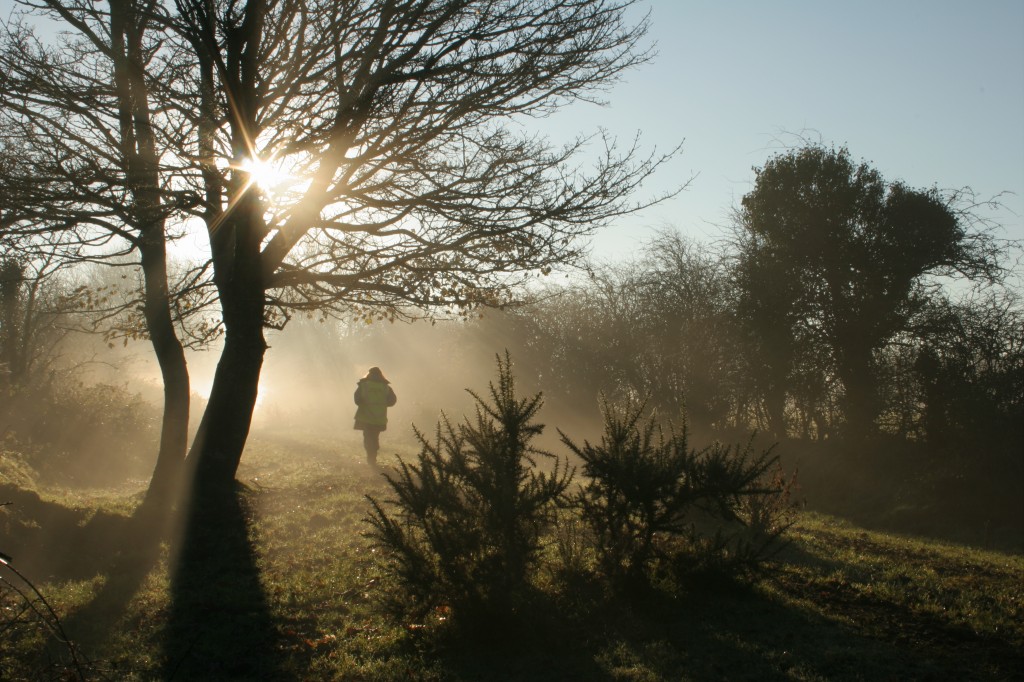
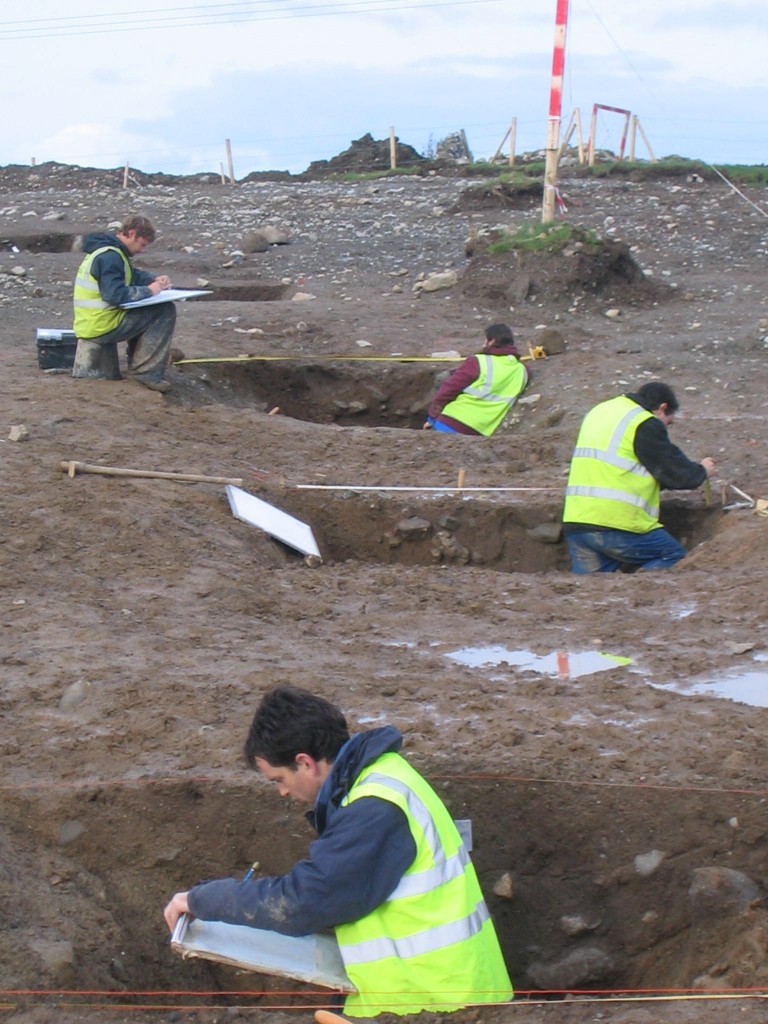
One comment